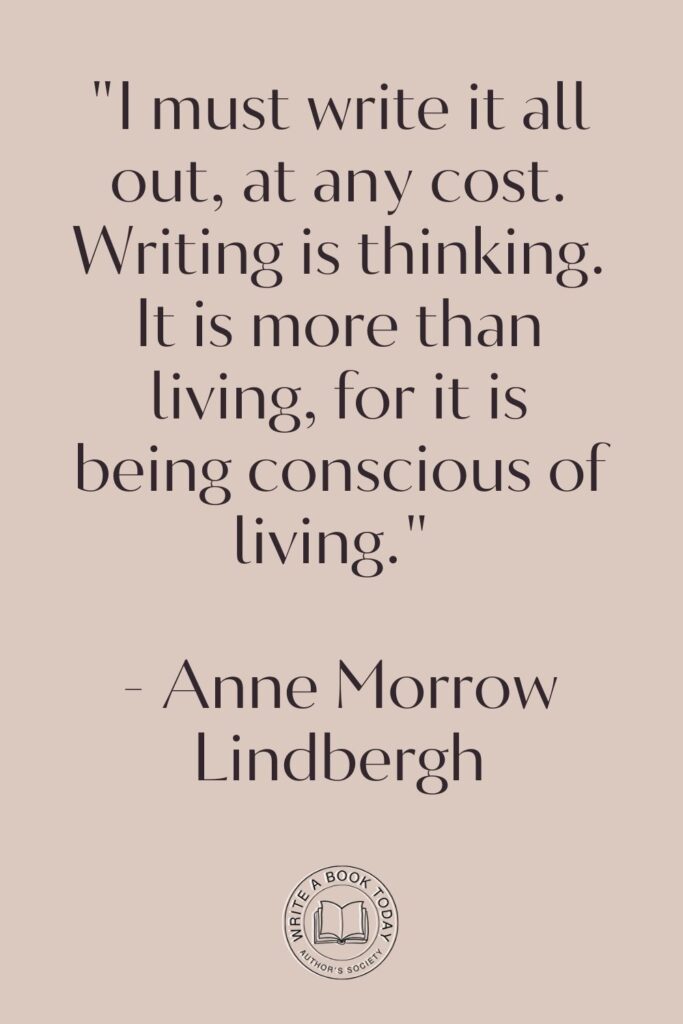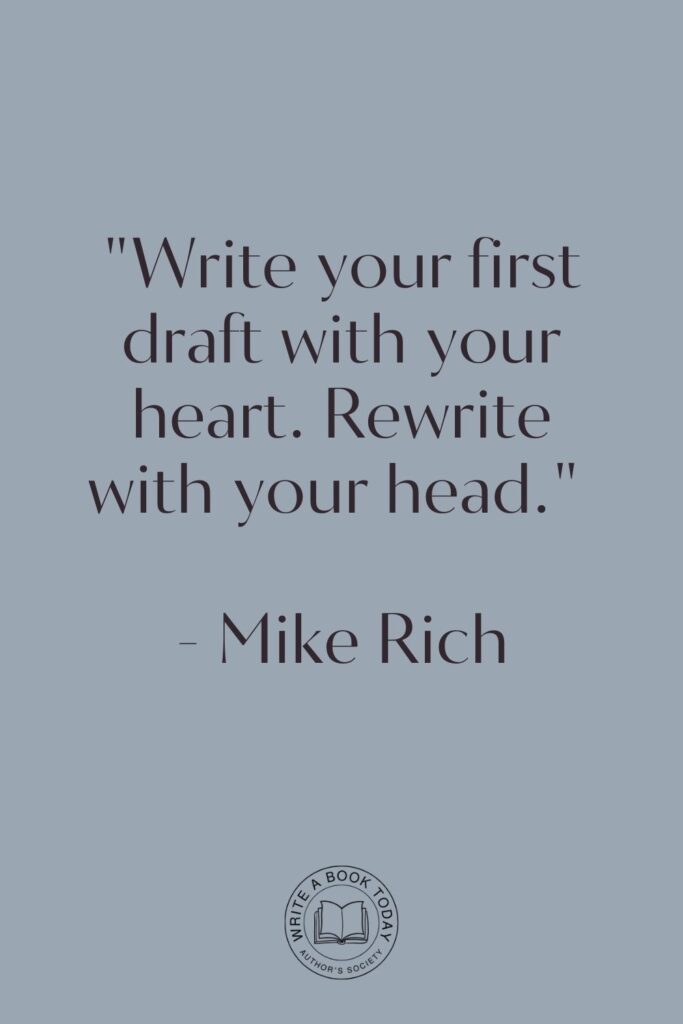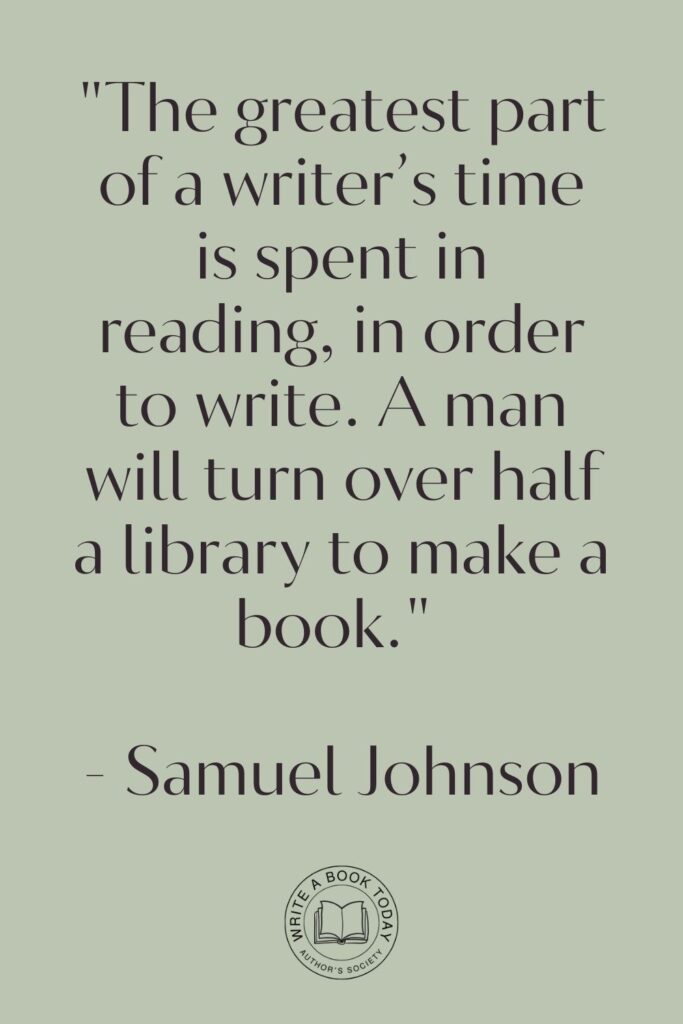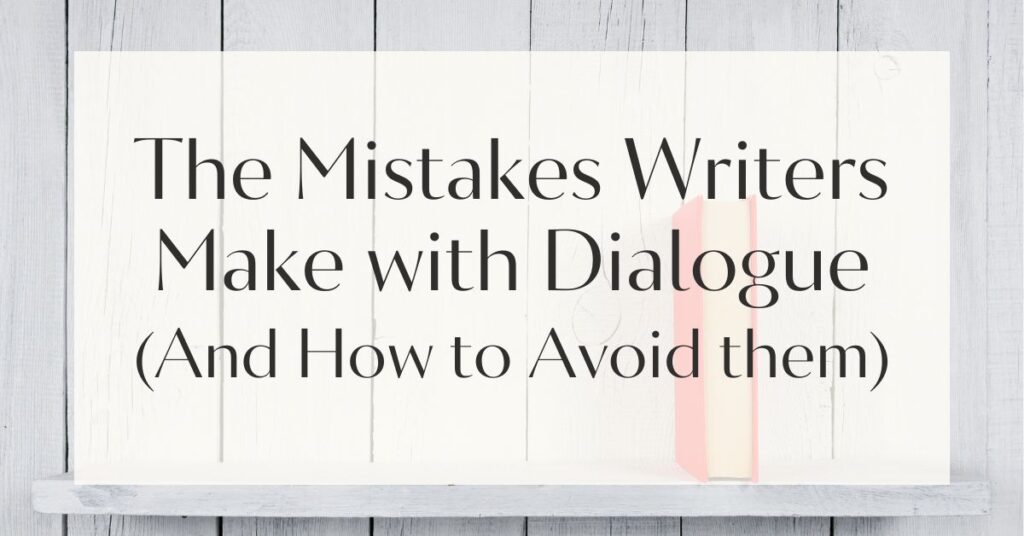Have you ever been so engrossed in a novel that you felt you were eavesdropping on a conversation rather than reading one?
That’s the magic of well-crafted dialogue. Yet, creating such an immersive experience is often derailed by a mistake writers make with dialogue.
This blunder can snap the reader out of the narrative and remind them they’re merely flipping through pages.
But fear not, for understanding this common pitfall and learning how to avoid it can transform your writing.
Understanding Dialogue: The Heart of Storytelling
Dialogue is more than just words on a page; it’s the heartbeat of a story. It breathes life into characters, propels the plot, and builds the world around the reader.
Think of dialogue as a dance – each line, a step that moves the narrative gracefully forward.
The rhythm of conversation mirrors the ebb and flow of human interaction, making it a vital tool in a writer’s arsenal.
The Importance of Dialogue in Writing
Dialogue is crucial because it reveals character and advances the plot without the need for lengthy exposition.
It can convey tension, conflict, and emotion in ways that narration alone cannot. Consider how a single exchange can encapsulate the essence of a character or how a well-placed pause can speak volumes.
Effective dialogue shows rather than tells, drawing readers into the scene and keeping them engaged.
No marketing platform? No social following? No problem!
Publisher Rocket helps you market your debut novel like a pro.
It’s a gamechanger for debut authors – try it today!


Common Dialogue Mistakes
Even seasoned writers can fall into traps when crafting dialogue. Recognising these common errors is the first step towards more authentic and engaging conversations between your characters.
Mistake #1: Characters Telling Each Other What They Should Already Know
This mistake often arises from a desire to inform the reader. When characters state the obvious to each other, it breaks the illusion of reality.
Imagine two scientists discussing basic concepts they both understand intimately; it feels unnatural and stilted. Instead, incorporate necessary information into the narrative or use a “newbie” character who genuinely needs the explanation.

Mistake #2: Characters Talking in Big Chunks
Long monologues can bog down a story and lose the reader’s interest. In real life, conversations are dynamic, with interruptions and shifts in focus.
Break up long speeches with action, reactions, or other characters’ input to maintain a natural flow. This keeps the dialogue lively and the reader engaged.
Mistake #3: Confusing Paragraph Spacing
Dialogue should be easy to follow. Each new speaker should have their own paragraph, which clarifies who is talking and when.
Misplaced paragraph breaks can confuse readers and disrupt the narrative flow. Consistent formatting is key to clear and effective dialogue.
Mistake #4: Overuse of Dialogue Tags
While tags like “he said” or “she asked” are necessary, overusing them can clutter the dialogue. If it’s clear who’s speaking, tags can often be omitted.
Use action or character thoughts to indicate the speaker instead, which can add depth and context to the conversation.
Mistake #5: Fancy Dialogue Tags
Writers sometimes feel the need to spice up dialogue tags with verbs like “exclaimed” or “retorted.”
However, these can draw attention away from the dialogue itself.
Simple tags like “said” are often best, as they fade into the background, allowing the dialogue to shine.
Feeling lost with your debut novel?
Fiverr Pro connects you with expert editors, designers, and marketers – everything you need to get your book ready for success!

Mistake #6: Overusing Character Names
In real life, people rarely use each other’s names repeatedly in conversation. Doing so in dialogue can sound unnatural.
Reserve name usage for when it adds emphasis or clarity, such as in group settings or during emotional exchanges.
Mistake #7: Characters Floating in Space
Dialogue without context can leave readers disoriented. Characters should interact with their environment, using actions and descriptions to ground the scene.
This provides a richer, more immersive experience and enhances the emotional impact of the dialogue.

Crafting Engaging Dialogue
Creating compelling dialogue involves more than avoiding mistakes. It’s about understanding the nuances of conversation and how it serves your story.
Tips for Writing Natural Dialogue
Natural dialogue reflects real speech patterns while maintaining clarity and purpose. Listen to conversations around you to capture the rhythm and flow of real speech.
Avoid filler words and small talk unless they serve a specific function, such as revealing character traits or building tension.
Listen to people in public places to understand how real conversations flow. This will help you mimic natural speech patterns in your writing.
Creating Distinct Character Voices
Each character should have a unique voice, reflecting their background, personality, and motivations.
Consider factors like vocabulary, sentence structure, and speech patterns. A character’s voice can convey their education level, region of origin, or emotional state, adding layers to their portrayal.
The Role of Subtext in Dialogue
Subtext is the unspoken meaning behind words. It adds depth and intrigue, inviting readers to read between the lines. Use subtext to hint at underlying emotions or conflicts, enhancing the realism and complexity of your characters.
Incorporate subtext by having characters say one thing but mean another. This adds layers to their interactions and keeps readers engaged.
Action and Emotion: Adding Depth to Conversations
Pair dialogue with action and emotion to create a vivid scene. Characters’ gestures, facial expressions, and tone of voice can convey much about their feelings and intentions.
This interplay between dialogue and action enriches the narrative and provides a more immersive experience for the reader.

The Balance of Dialogue and Description
Striking the right balance between dialogue and description is crucial for pacing and engagement.
Both elements should work together to advance the story and develop characters.
Enhancing the Scene with Descriptive Action
Use descriptive action to complement dialogue. This can set the scene, reveal character traits, or heighten tension.
Descriptive action helps ground the reader in the story world and provides context for the dialogue.
Using Inner Monologue to Reveal Character
Inner monologue offers insight into a character’s thoughts and emotions. It can provide context for their dialogue and actions, revealing motivations and internal conflicts.
This layer of depth helps readers connect with characters on a more personal level.
Avoiding Exposition Dumps in Dialogue
Exposition dumps can slow the narrative and feel forced. Instead, weave necessary information into the story through character actions, thoughts, and interactions. This keeps the pace brisk and the reader engaged.
Avoid using dialogue to convey large amounts of information. Instead, integrate exposition into the narrative or reveal it gradually through action.
Google Docs is for notes. Scrivener is for novels. Upgrade your writing game and try it for free today!

The Final Touch: Reading Dialogue Aloud
One of the best ways to ensure your dialogue sounds natural is to read it aloud.
This practice can highlight awkward phrasing or unnatural rhythms that might not be apparent on the page.
Editing for Clarity and Flow
During editing, focus on clarity and flow. Remove unnecessary words and streamline exchanges to enhance readability.
Ensure each line serves a purpose, whether it’s advancing the plot, revealing character, or building tension.
Trusting Your Reader: The Power of Subtext
Trust your readers to pick up on subtext and implied meanings. Not everything needs to be spelled out.
Allowing readers to draw their own conclusions can create a more engaging and interactive experience.
Encouraging Realism Without Overcomplication
Strive for realism in dialogue without overcomplicating it. Keep conversations concise and focused, ensuring they contribute to the overall narrative.
Simplicity often leads to greater impact and resonance with readers.

Dialogue: The Key to Character Development
Dialogue is a powerful tool for character development. It reveals personalities, relationships, and growth, making it an essential component of storytelling.
Building Relationships Through Dialogue
Dialogue can establish and develop relationships between characters. Through their interactions, readers gain insight into the dynamics and complexities of these connections.
Pay attention to how characters speak to and about each other to convey their relationships authentically.
Creating Tension and Conflict
Conflict is the driving force of any story, and dialogue is a primary vehicle for its expression.
Use dialogue to introduce, escalate, and resolve conflicts, keeping readers invested in the outcome.
The tension created by conflicting goals, desires, and personalities adds depth and excitement to your narrative.
Use dialogue to introduce and escalate conflicts between characters. This keeps the narrative dynamic and engaging for readers.
Mastering dialogue is a journey, one filled with opportunities to refine your craft and deepen your storytelling.
By recognising and avoiding common pitfalls, and by embracing the nuances of human conversation, you can create dialogue that captivates and resonates with your readers.
So, let your characters speak, and watch as your stories come alive in their voices.








